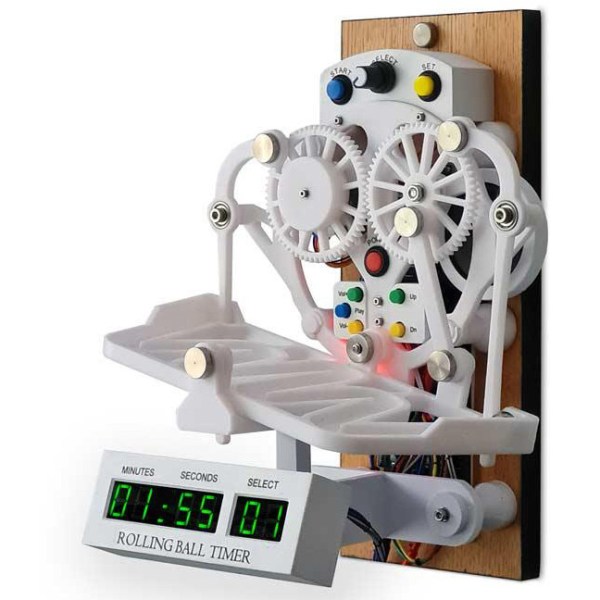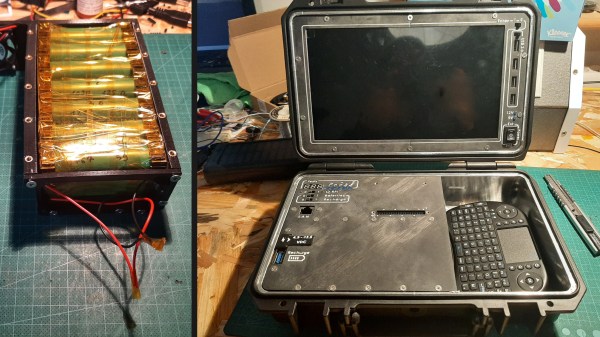While the Fourier transform gets all the attention, there are other transforms that engineers and mathematicians use to transform signals from one form to another. Sometimes you use a transform to make a signal more amenable to analysis. Other times, you do it because you want to manipulate it, and the transform is easier to change than the original signal. [Electroagenda] explains the Hilbert transform, which is often used to generate single-sideband signals.
The math behind the transformation is pretty hairy. However, if you understand the Fourier transformer, you can multiply the Fourier transform by -i sgn(ω), but that isn’t really going to help you much in a practical sense. If you don’t want to bog down in the math, skip immediately to section two of the post. That’s where it focuses more on the practical effect of the transform. You can think of the transform as a function that produces a 90 degree phase shift with a constant gain. For negative frequencies, the rotation is 90 degrees and for positive frequencies, the shift is negative.
















